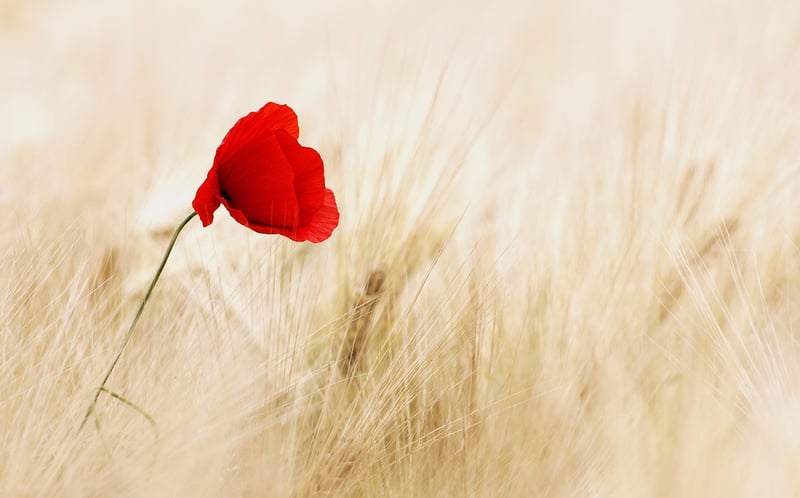Pruning Techniques
Essential Care Practices for Pruning Your Plants
Pruning is a crucial aspect of plant care that helps maintain their health, shape, and overall appearance. By following proper pruning techniques and essential care practices, you can ensure your plants thrive and flourish. Here are some tips to help you master the art of pruning:
1. Timing is Key
Understanding the growth patterns of your plants is essential for determining the right time to prune. Most plants benefit from pruning during their dormant season, typically in late winter or early spring before new growth begins.
2. Use the Right Tools
Invest in high-quality pruning tools like sharp bypass pruners, loppers, and pruning saws. Clean and sharpen your tools regularly to ensure clean cuts that promote plant healing and reduce the risk of disease transmission.
3. Know Your Goals
Before you start pruning, identify your goals. Whether you're shaping the plant, removing dead or diseased branches, or stimulating new growth, having a clear objective will guide your pruning decisions.
4. Practice Proper Technique
When making cuts, aim to create clean cuts close to the branch collar without leaving stubs. Cut at a 45-degree angle to promote healing and prevent water accumulation on the cut surface, which can lead to rot.
5. Monitor Plant Health
Regularly inspect your plants for signs of disease, pest infestations, or growth abnormalities. Pruning can help improve air circulation and sunlight exposure, reducing the risk of common plant issues.
Pruning Techniques
1. Thinning
Thinning involves selectively removing branches to improve light penetration and air circulation within the plant canopy. This technique helps reduce disease risk and promotes overall plant health.
2. Heading Back
Heading back entails cutting back the tips of branches to encourage bushier growth and new shoots. This technique is useful for shaping hedges, promoting lateral branching, and controlling plant size.
3. Deadheading
Deadheading involves removing spent flowers to encourage continuous blooming and prevent seed formation. This technique is commonly used for flowering plants to prolong the blooming period.
4. Rejuvenation Pruning
Rejuvenation pruning is a more drastic technique that involves cutting back the entire plant to stimulate new growth. This method is suitable for overgrown or neglected plants that require a fresh start.
By incorporating these essential care practices and pruning techniques into your plant care routine, you can promote healthy growth, enhance plant aesthetics, and prolong the lifespan of your beloved greenery.

Remember, each plant species may have specific pruning requirements, so it's essential to research individual plants before pruning to ensure you're following the best practices for their health and growth.
Happy pruning!
